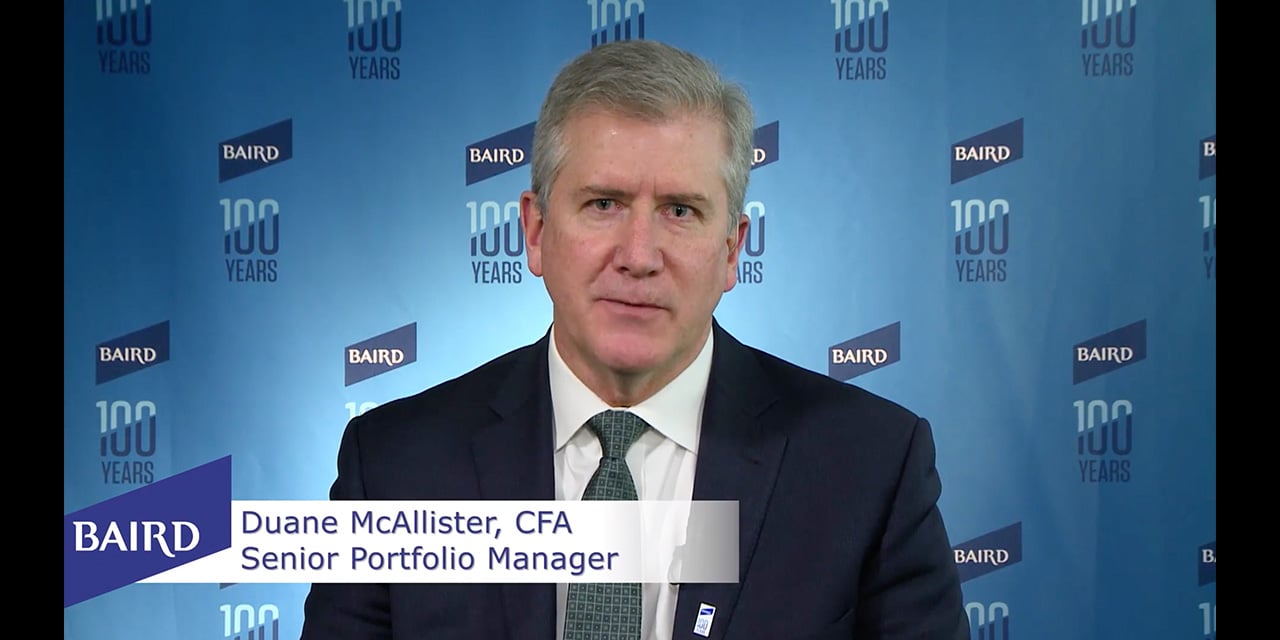
Better Together
Optimizing the Use of Taxable and Tax-Exempt Investments
Some things in life are better together, such as: chips & salsa, apple pie & ice cream, popcorn & movies, and taxable & tax-free bonds!
It is true that utilizing both taxable and tax-free bonds in a fixed income portfolio can enhance returns for many investors, but too few fully appreciate how beneficial this can be and how best to implement the strategy.
Investors often use either taxable or tax-exempt investments for their fixed income allocation, rather than a combination of the two. If their income is either very high or very low, this may be appropriate. But the vast majority of Americans who do pay taxes are subject to moderate federal income tax rates; likely between 20% and 30% of their AGI. This range also captures corporations which are now subject to a 21% federal income tax rate.
In the latest whitepaper, Baird’s fixed income team illustrates how the moderate tax rate investors can benefit by investing in both the taxable and tax-exempt markets in their fixed income allocations, and there are many of us out there!
Key Points:
- Taxable and tax-exempt fixed income markets are subject to different supply/demand influences, which create opportunities for investors willing to invest in both
- Investing in both the taxable and tax-exempt markets can be rewarding for many investors, particularly in the post-tax reform environment
- A dynamic approach of capturing the changing cross-market valuations is optimal over a static allocation between taxable and tax-exempt bonds
Past performance is not indicative of future results and diversification does not ensure a profit or protect against loss. All investments carry some level of risk, including loss of principal. While Baird does not offer tax or legal advice, our Financial Advisors regularly work with clients’ attorneys and tax professionals to help ensure that all phases of wealth management are addressed.

